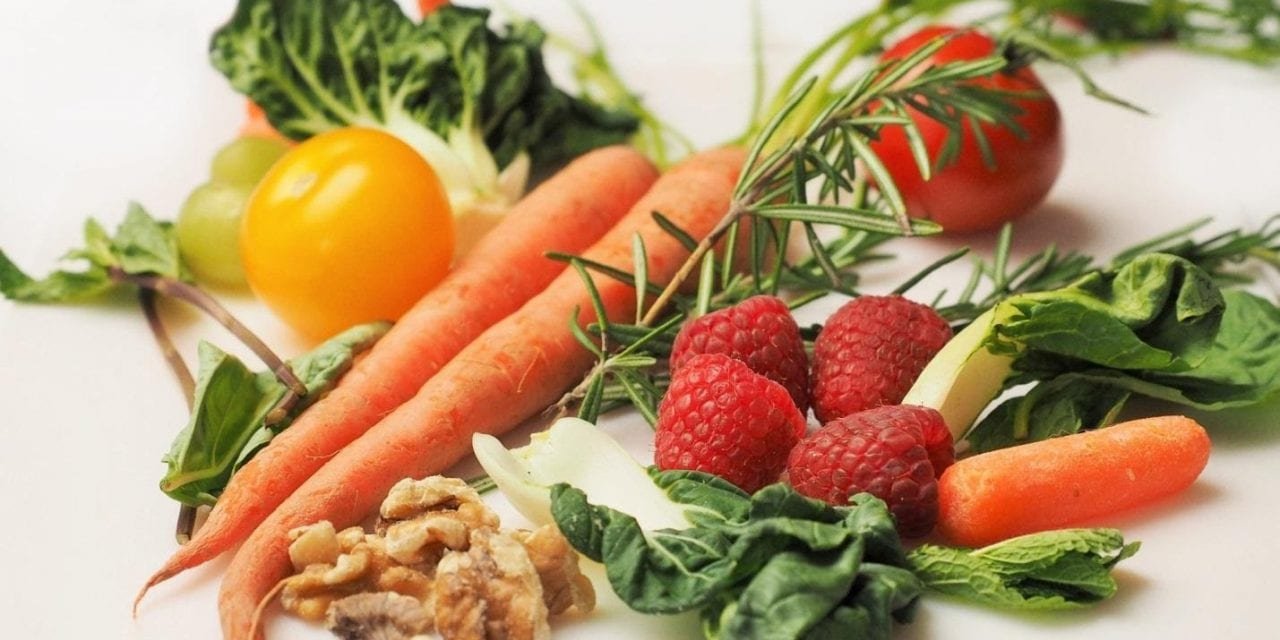If you’re dealing with chronic pain, you have probably heard of the inflammation elimination diet. Learn why it works and how to plan a meal plan around it.
Nearly 1 in 12 women and 1 in 24 men are dealing with inflammation within their bodies. This does not include those that go un-diagnosed, which can make this number much higher.
If you suffer from chronic pain, you may want to consider the inflammation elimination diet. Learn why and how it works, how you can plan meals around it to make it work for you.
What is Inflammation?
Inflammation is an immune system response. Our immune system’s job is to protect our body from infection-causing bacteria and viruses.
However, the immune system can trigger an inflammatory response when there is nothing to fight off. These autoimmune diseases can cause damage to your body’s tissues.
Your body can start fighting normal tissues as if it were abnormal or infected when the tissue is fine. Inflammation can be caused by other factors such as diet, stress, lack of sleep, and low activity levels.
Having chronic inflammation can cause several issues with your body. Inflammation symptoms can vary from abdominal pain to fatigue. These chronic diseases have been linked to chronic inflammation:
- Cancer
- Alzheimer’s disease
- Hypertension and cardiovascular disease
- Type II diabetes
- Obesity
You can help treat inflammation by incorporating a healthier lifestyle including the contents in our food. This is where the inflammation elimination diet steps in.
What is the Inflammation Elimination Diet?
Diet can play a big role to reduce inflammation in your body. Eliminating foods that are common causes of the inflammation can decrease your body’s levels of inflammation.
A recent study found evidence that these diets can prevent an early death can help with the prevention of cancer.
What to Eat
Anti-inflammatory foods are pretty much the healthy foods you think of, and foods your doctor encourages you to eat. These include:
- Several types of fruits and vegetables
- Plant-based proteins like nuts and beans
- Whole grains
- Fatty fish
- Olive oil
- Green tea
- Green leafy vegetables
- Fresh spices and herbs
- Tomatoes
These foods tend to be colorful because they are full of high phytonutrient/antioxidant levels. Choose fruits and vegetables that are the most colorful such as cherries, raspberries, strawberries, and blackberries because this dark pigment has anti-inflammation properties. Apples also have anti-inflammatory properties.
Leafy vegetables like broccoli, cabbage, spinach, and kale are also known to fight inflammation and are packed with vitamins like vitamin K.
Beans are high in fiber and contain several antioxidants. Whole grains like brown rice, whole-wheat bread, oatmeal, and other unrefined grains are also high in fiber, which can fight inflammation.
Healthy fats can help fight inflammation also. You can find these fats in nuts, olive oil, and avocados. You should only eat about a handful of nuts to keep calories and fat down.
You should eat fish twice a week. Fish has plenty of omega-3 fatty acids that fight inflammation. You can try tuna, salmon, or sardines.
Herbs and spices also have antioxidants. Garlic curbs inflammation. Turmeric, which is in curry powder, has a strong antioxidant called curcumin.
You should also drink plenty of water. Try beverages that also have anti-inflammatory properties like green tea and moderate amounts of red wine.
What Not to Eat
You want to skip foods that do not have nutrient density and are processed. These foods tend to be sweet, greasy and processed. These include:
- Soda and sugar-sweetened beverages
- Refined carbohydrates like white pasta and white bread
- Fried foods
- Red and processed meats (like hot dogs)
- Butter
- Cakes, cookies, and other sweets
- Whole milk
- Cheese
- Coffee creamers
- Margarine
- Foods with hydrogenated oils
You should decrease the amount of these foods and eat other foods with higher levels of nutrients.
How to Begin
The elimination diet is safe and anyone can do it.
This diet is not as intimidating as it sounds. It’s all about small changes. Behavior changes do not happen overnight, so be patient with yourself.
You may have to do some additional meal prep such as cutting up and preparing more vegetables. You should have about 5-7 servings of fruits and vegetables each day.
Meal Examples
Here are some ideas of what you can eat.
- Breakfast: Greek yogurt with walnuts and blueberries, steel-cut oats with slivered almonds and blueberries, Kefir smoothies, whole-grain avocado toast
- Snack: apple and peanut butter without added sugar, baby carrots or cucumbers with hummus, raspberries
- Lunch: Kale Caesar salad with salmon, salad greens with radishes, carrots, and tomatoes, Vegan Superfood Buddha Bowl (can make ahead of time), Mediterranean pizza with whole wheat crust
- Snack: Sweet potato with pecans, whole grain chips with fresh salsa
- Dinner: Lentil soup with whole-grain bread and kale, chicken with broccoli, shrimp skewers with veggies
- Evening snack: beet chips, mixed fruit, apple slices with peanut butter
There are several resources and recipes to help you if you look around. These are just examples to help you get an idea.
Try to stay around 1,200 calories a day. Try a vegetarian restaurant if you want to go out to eat. Eating less meat can also help with inflammation.
The key is meal prep. You can make a large portion and eat it over a few days. You want to eat a variety of foods because one food does not have all the needed ingredients, so make sure you eat a variety of colors.
Final Thoughts
When choosing your food, remember fresh and simple ingredients are best. This is what the inflammation elimination diet is all about. An anti-inflammatory diet can help you feel better and help improve symptoms of various health conditions.
Try simple changes at first like replacing soda with mineral or sparkling water. Start packing your lunches to avoid buying fast food. Make sure you buy a variety of fruits and vegetables each week and eat plenty of healthful fats and whole grains.
You also need to make sure you get plenty of rest. Lack of sleep can cause inflammation along with stress. Incorporate exercise to help manage stress or take classes like yoga to help cope with anxiety.
Keep checking out our site for more ideas on foods and recipes from around the world.















